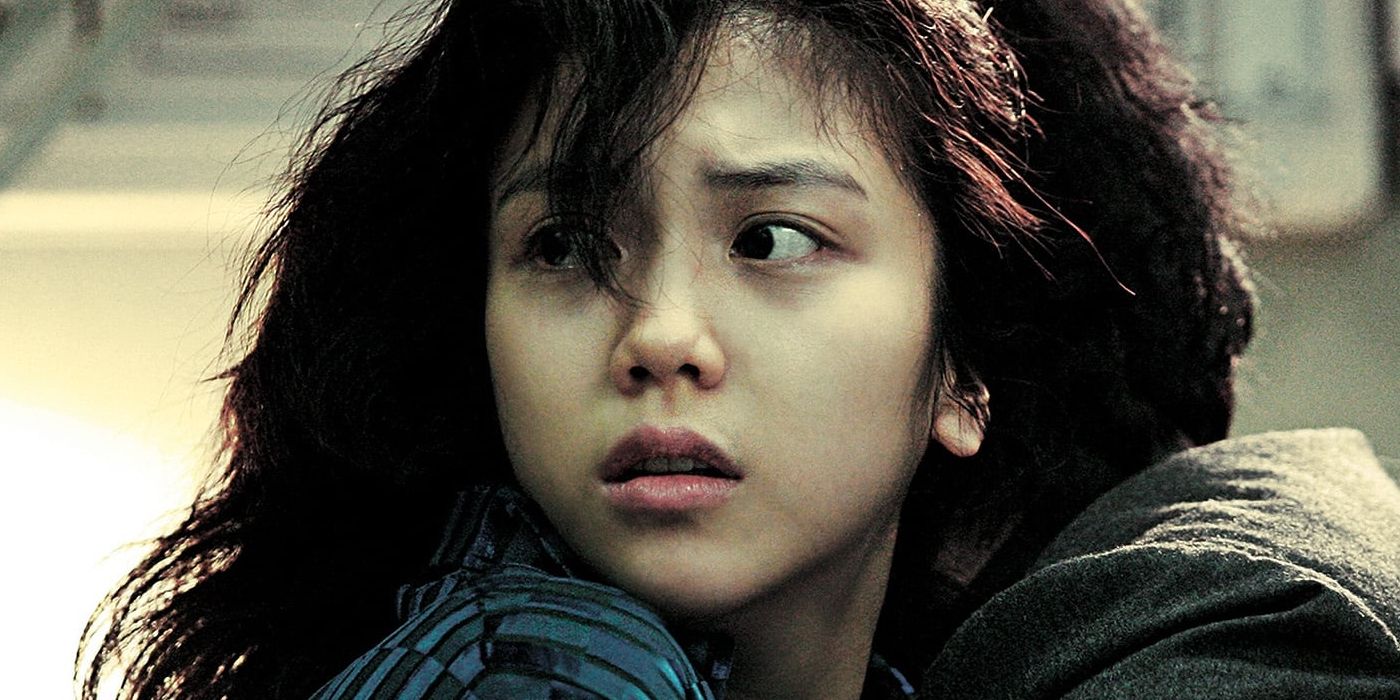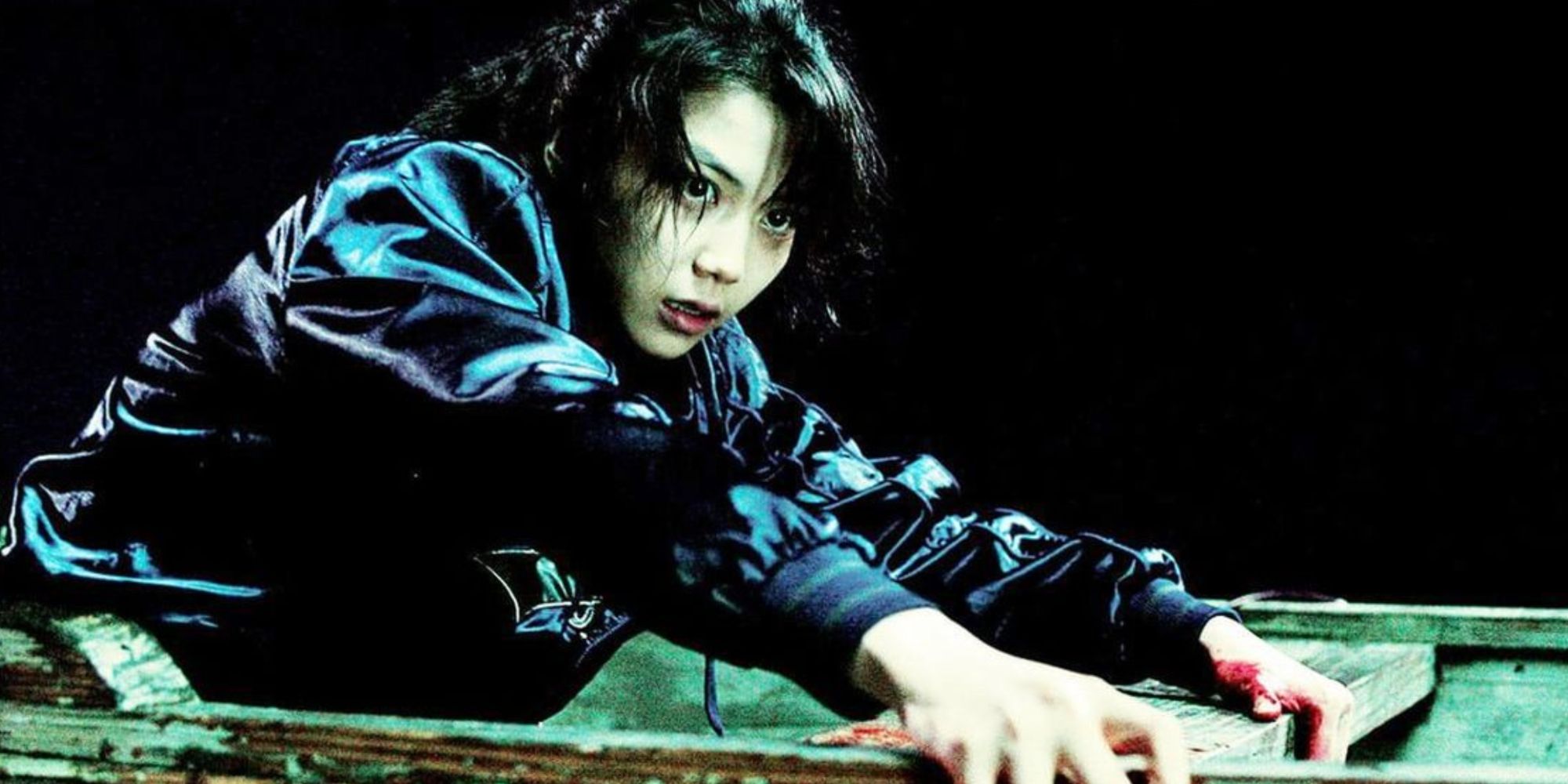The Big Picture
- Park Chan-wook adapted Thérèse Raquin into a modern vampire story, focusing on moral struggles.
-
Thirst
offers a unique take on vampires, emphasizing human drama over supernatural elements. - Thirst showcases the value of adaptations by creating a fresh narrative while staying true to the source material spirit.
One year into the Twilight phenomenon that took the world by storm, South Korean filmmaker Park Chan-wook released his own take on a vampiric romance, Thirst. The film stars Parasite‘s Song Kang-ho as a priest, Sang-hyun, who becomes a vampire after a medical experiment goes awry. Eventually, he becomes intertwined in a murderous affair with his friend’s wife Tae-ju, played by Kim Ok-bin.
Like Twilight, Thirst is also adapted from a novel. But the kicker with this movie is that the source material features no vampires at all. Park transposed a historical book into modern-day South Korea and morphed it into one of the most refreshing, thrilling, and tragic vampire stories of the modern age.
Thirst
Through a failed medical experiment, a priest is stricken with vampirism and is forced to abandon his ascetic ways.
- Release Date
- April 30, 2009
- Director
- Chan-wook Park
- Cast
- Kang-ho Song , Ok-bin Kim , Hae-sook Kim , Ha-kyun Shin , In-hwan Park , Dal-su Oh
- Runtime
- 134 Minutes
- Main Genre
- Comedy
- Writers
- Seo-Gyeong Jeong , Chan-wook Park , Émile Zola
Why Park Chan-wook Added Vampires to a French Novel from the 1800s
Thirst is adapted from the novel Thérèse Raquin, written by Émile Zola, a prominent French writer, who was nominated for the Nobel Prize for Literature in the first two years of the award’s existence. The novel follows a plot that is broadly similar to the synopsis of Thirst. A man becomes intertwined in a deadly, romantic plot with the wife of his close friend. Infidelity, murder, subsequent murders to cover up the original murder, etc., a tale as old as time. But there are no vampires in this book. It is a straightforward story without a hint of the supernatural. So how did Thirst come together as a bloodsucking horror film?
The process was more of a reverse engineering of the book, as Park Chan-wook began working on the simple concept of a movie about a priest dealing with an intense moral struggle. The director spoke with 7×7 about how the project grew in its initial stages, explaining that vampirism worked as a metaphorical depiction of a priest’s struggle, as he would be forced to kill to survive. After arriving at this point, Park wanted to build a dynamic where a person close to the priest helps him “in his moral downfall.” He found Thérèse Raquin through research. Landing on a story that felt thematically in line with what Park wanted out of his vampire film, he took on the task of adapting Thérèse Raquin as a modernized vampire story.
The pair in Zola’s story find themselves increasingly at odds with morality, while they either relish the damage they cause or attempt to thinly justify their actions. But they are slipping quickly into a state of pure monstrosity, and placing a priest in this position in Park’s version of the story makes that downfall even more tragic as he is overcome with guilt and shame on account of what he has done.
‘Thirst’ Ditches Old Vampire Tropes and Replaces Them With a Deeply Human, Surprisingly Grounded Story
Thirst is a modernization of the concept of vampires. They do not dress in cloaks, turn into bats, or recoil at the sight of garlic. But they do suck a lot of blood, and the film does have striking horror imagery that alone justifies the choice to be a vampire story. The fascinating thing about Thirst, and what makes it so compelling as a dramatic narrative, is that it really is not about them being vampires. Vampirism is chiefly used as a tool in the film to reflect moral failings. They are not the Universal Monsters of the 1930s, but real, everyday people doing monstrous things. The heart of Thirst is the tragic, forbidden romance that spawns between Sang-hyun and Tae-ju. Sang-hyun, being a priest, is not even supposed to be involved with anyone, but desperation is born out of his attraction to Tae-ju, and her insistence that her husband, his friend, is making her miserable. She convinces him to help with a murder plot after implying that her husband was abusive, but they are wracked with guilt and haunted by his bloated, drowned corpse after the act.
Their relationship reaches a critical point when Sang-hyun discovers that the husband was not abusive, and Tae-ju begs to be put out of her misery, so she may rejoin him in the afterlife. Sang-hyun kills her but quickly revives her by turning her into a vampire. This puts them both on an accelerated path toward monstrosity, as Tae-ju grows more unhinged and kills anyone who might know their secret. The slaughter finally ends when Sang-hyun, guilt-ridden and broken inside, drives them out to a remote cliff where they have no coverage to escape the rising sun, and the one classic vampire trope maintained is their aversion to sunlight. As dawn breaks, Tae-ju and Sang-hyun hold each other and turn to ash. With Thirst, a tragic love story unfolds beneath a thrilling, modern twist on vampire lore. The film is about two people whose passion for each other ends up being their undoing. Their relationship was doomed from the start because they couldn’t avoid making each other worse people.
Park Chan-wook’s ‘Thirst’ is a Lesson in the Value of Adaptation
With this film, Park made a vampire movie that provides a fresh take on the mythology, a deadly, sexy, passionate romance, and a genuinely heartfelt story, all based on a novel from over 150 years ago. The film is a true testament to why adaptations work best when used as thematic or narrative jumping-off points instead of sources to copy from directly. The book and the film maintain the same spirit but offer completely different experiences as they operate within different genres and cultural contexts. Park does the same thing with great results in The Handmaiden, a twisted erotic thriller adapted from the 2002 English novel, Fingersmith.
Like the 2018 Suspiria, Martin Scorsese’s The Departed, and many other examples of great films that draw directly from past source material, with Thirst, Park understands that the story will feel inventive, refreshing, and unique as long as there is a good enough spin on the material. Maybe the lesson to be learned here is simply that more directors should throw monsters into old novels. Were we as a society too dismissive of Pride and Prejudice and Zombies? Who’s to say, but Thirst certainly deserves more attention than it gets, as one of the most interesting adapted works of the 21st century and (sorry Morbius) also the best vampire movie of this time.
Thirst is available to rent or buy on Prime Video in the U.S.
Watch on Prime Video





